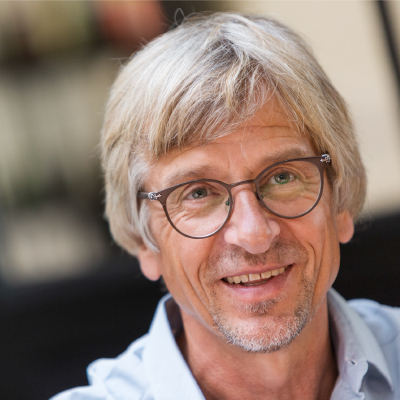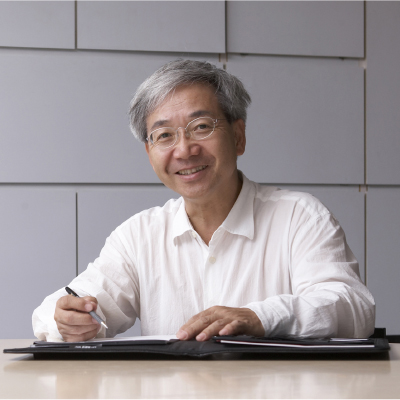Andreas Schulz has worked on more than 350 projects during his 30-year career and has served as an IALD board member, together with moderator Mende. He introduced selected award-winning designs of Licht Kunst Licht AG—a lighting design office that he leads as CEO—that succeeded in creating unique, inspirational, poetic and highly aesthetic experiences by skillfully integrating natural and artificial lighting.
“Integrating natural and artificial light”—the title of this seminar—is characteristic of lighting designs by Schulz. An example is the Ahrenshoop Museum of Art (Berlin). In this project, a horizontal skylight stretches along the entire ridge of the gable roof, where the daylight comes through and indirectly shines on the exhibition room. The museum fundamentally uses natural light during its business hours (9:00-17:00). The roof was angled five degrees more than the architect’s proposal, creating an environment lit entirely with indirect lighting. Maximizing the use of natural light resulted in reduced maintenance costs for the facility. Lighting fixtures are placed on the edge of the skylight for supplemental lighting.
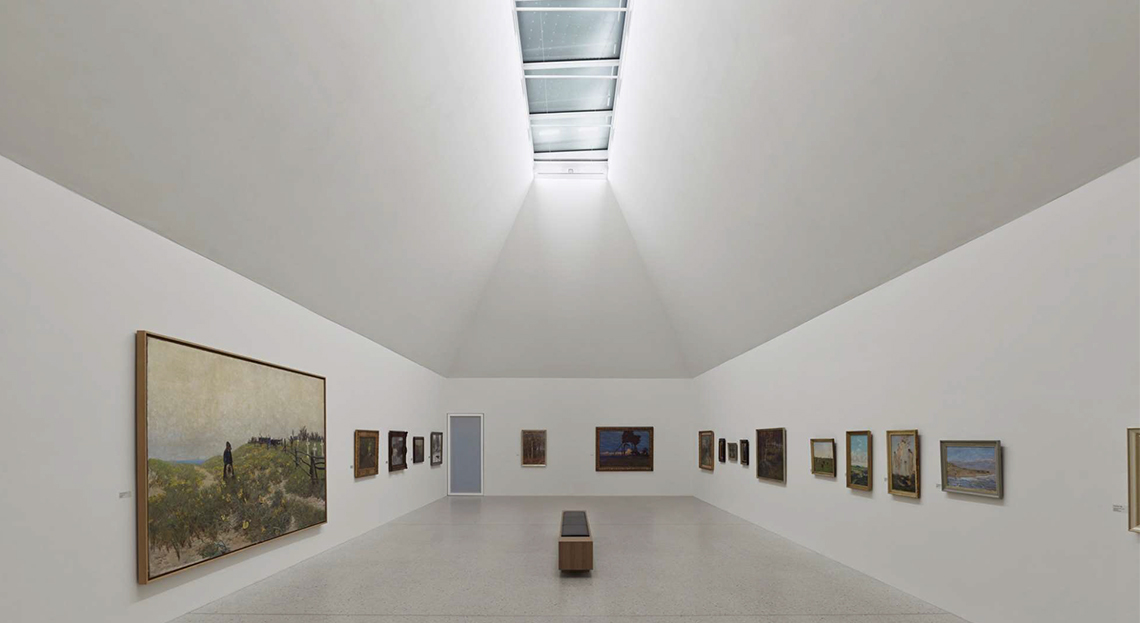
Stefan Mueller
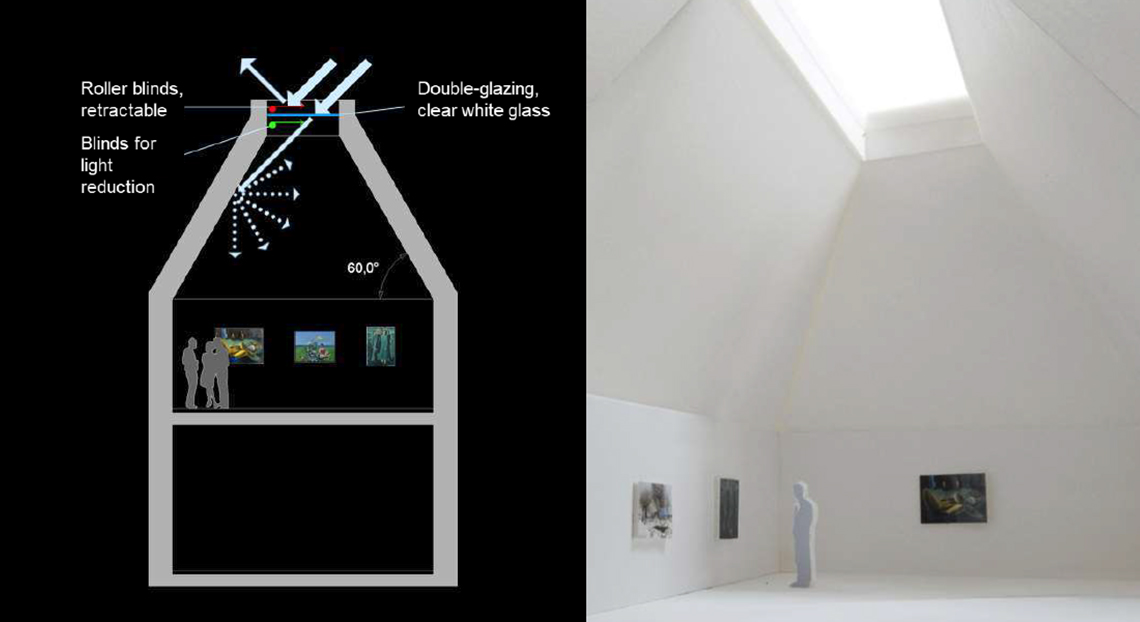
Stefan Mueller
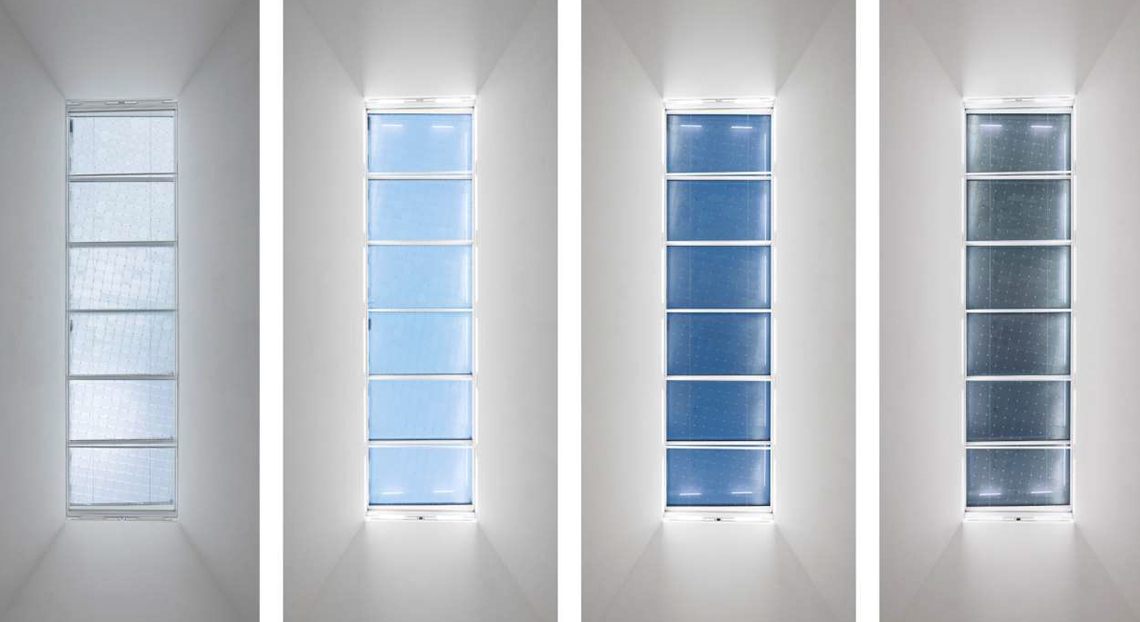
Stefan Mueller
In the Kunstsammlung Nordrhein-Westfalen (mid-west Germany) project, a combination of natural and artificial lighting is effectively used. Natural light showers down from the skylight, through the translucent white membrane material above the open ceiling of the central hall. Recessed lights are placed above the dark wooden stairs, located along the walls of the hall, to ensure 180-200lx light on the floor surface. It was designed to provide proper light on the floor surface in any weather conditions, utilizing these two types of lighting systems. Likewise, natural light through the membrane material illuminates the entire exhibition area on the second floor, which is directly under the roof. Artificial lights are placed above the membrane ceiling along the upper part of the outer walls to supplement natural light.
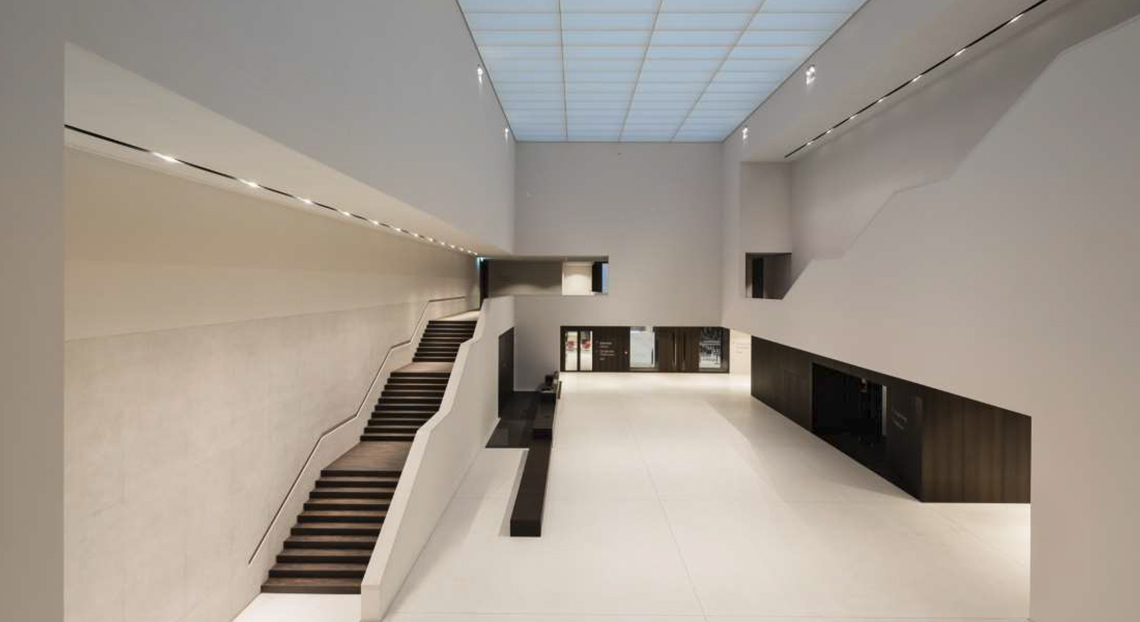
Marcus Ebener
In the end, Schulz, who worked on the lighting design of the Shin Marunouchi Building, answered a question about Japanese lighting designs. He said there are not many differences between Germany and Japan: both have high standards in design and construction, and projects are run in a relatively bureaucratic manner in both countries. He also mentioned that he is happy with Japanese people having a high regard for the quality of lighting designs.
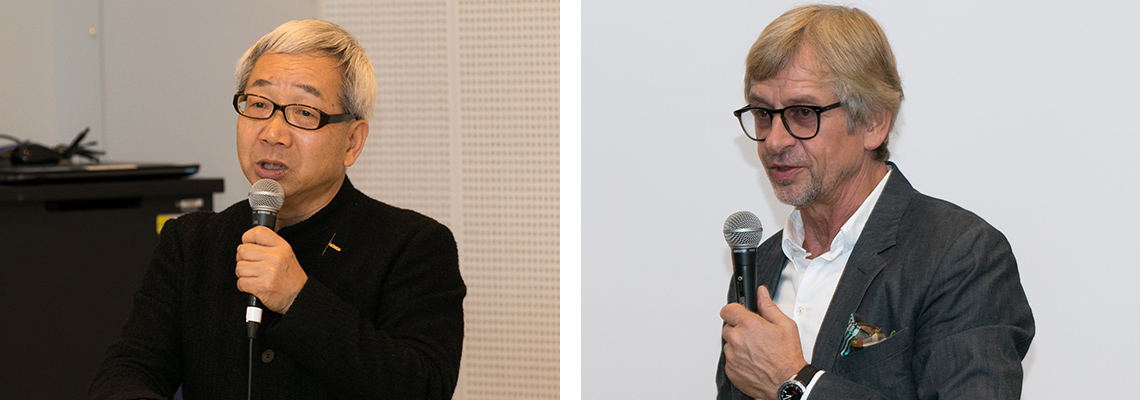
【Date & Time】10:00‒11:00, March 6, 2019
【Venue】Room 101, 1F, Conference Tower, Tokyo Big Sight
【Speaker】Andreas Schulz, CEO, Licht Kunst Licht AG
【Moderator】Kaoru Mende, Principal, Lighting Planners Associates
【Organizers】IALD Japan, JLMA, Nikkei Inc.
Profile
Andreas Schulz
Lighting Designer
Andreas Schulz has over 30 years in lighting design experience. In 1991, he founded Licht Kunst Licht in Bonn and Berlin. LKL has participated in over 850 projects throughout the world and has received numerous internationally recognized lighting design awards. Mr Schulz is Chair of the IALD Europe Steering Committee.
Kaoru Mende
Mr. Mende founded Lighting Planners Associates Inc in 1990. He has been involved in such superb projects as Tokyo International Forum, Singapore City Center Lighting Master Plan and Tokyo station.
Mende is also a chief of the “Lighting Detectives”, a citizens’ group that specializes in the study of the culture of lighting.
Mende has authored “LPA 1990-2015” (Rikuyosha), and many other.







